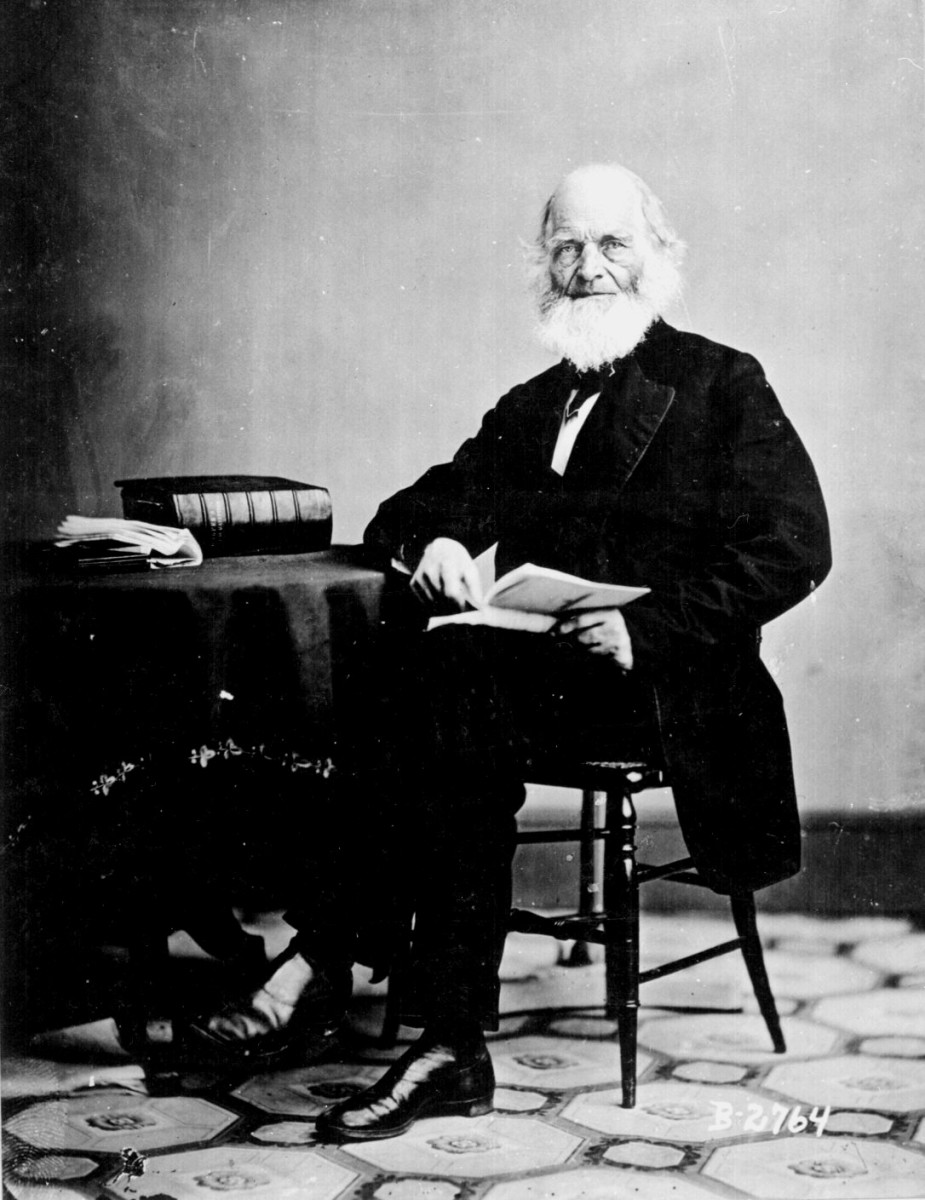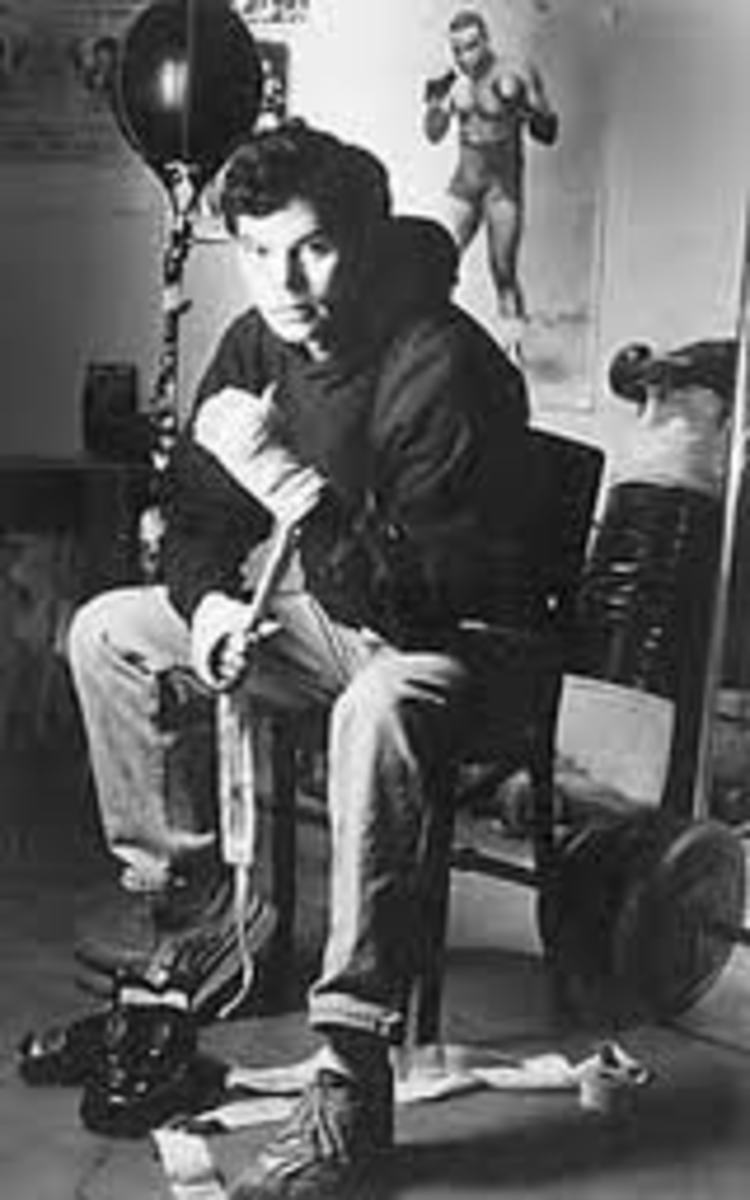Summary and Response to “Stephen Crane’s ‘The Open Boat’: Fact or Fiction?”
Background
Stephen Crane’s short story, Open Boat, describes the plight of four men, who escaped a sunken vessel in a ten foot dinghy, as they were trying to make it to safety on the shore of Florida. The four men were the oiler, the cook, the correspondent, and the captain. Some literary critics, including J.C. Levenson, believe that Open Boat literally described Crane’s experience while stranded in a dinghy for thirty hours after his ship, the Commodore, sunk (Spofford, 316). However, other literary critics, such as William Spofford, believe that Crane wrote Open Boat because writing about his experience at sea gave Crane the ability to integrate his views on man, nature, and death, through a fictional story. William Spofford realized that, comparing Open Boat to Crane’s earlier works shows that the same themes concerning man, nature, and death are present in both. Reading older works by Stephen Crane led William Spofford to believe that Crane held his believes on nature, brotherhood, and death as many as four years or more before integrating them into Open Boat. Crane’s actual experiences in the boat merely solidified his views, according to Spofford.
Stephen Crane's View on Nature, Man, and Death
Crane believed that nature is indifferent to man. The character of the Correspondent exemplified this view (Spofford, 316). The correspondent believed that there was no one to call out to as he was mercilessly tossed about by the ocean (Spofford, 317). Nature did not care. The Correspondent found no one to blame for his misfortunes (Spofford, 317). It was simply fate, according to Stephen Crane. Spofford also noticed how Open Boat incorporates Crane’s view of brotherhood and companionship. The four men on the dinghy became close friends, partly because of the limited space they shared. They cared about one another, not just themselves. In a way, they needed one another. The Correspondent felt lonely rowing the dinghy as the large fish circled it during the night; he wished someone else was awake with him (Spofford, 319). Had he known the captain was awake in the bottom of the boat, he would not have felt the way he did (Spofford, 319). Spofford noticed that, as the Correspondent took his mind off of his personal worries more and more, he was able to see clearer and was able to be more optimistic about his circumstances (Spofford, 319). According to Spofford, a big motive for Crane to author Open Boat was that it gave him the ability to highlight the realization of the the indifference of nature and the necessity of brotherhood for survival. Open Boat also includes a little about Crane’s view on death, according to Spofford. Later on in the story, as prospects of reaching shore alive become bleak for the men in the dinghy, the correspondent begins to think about death. He saw death in a new light, because it became very real and ominous. The correspondent thought about a story he had heard when he was young, about a soldier who lay dying in Algiers. Previously, he never cared much about the soldier, everyone dies. However, now that he could relate to the soldier, he felt bad for him because he was all alone and left to die. At the end of his article, William Spofford included a wonderful quote by James Colvert concerning Stephen Crane.
What he saw in real life is rendered not as history, but as history transmuted by the resources of his imagination. These resources were the images, themes, motifs, and descriptive patterns he worked out—invented, in a manner of speaking—very early in his literary career…. This is to say, in effect, that he observed the world from a pre-established literary point of view, a view which largely determined what was seen and what the observed event signified (Spofford, 321).
My Thoughts as I read "Open Boat"
Until reading William Spofford’s article, I had no clue Stephen Crane was actually stuck on a dinghy for thirty hours. I believed that, from the beginning, there were several underlying themes in Open Boat. I did not believe it was just a story without point or purpose. One of the first things I noticed was how the giant waves were keeping the four men captive, both mentally and physically. The men feared the waves, and at the same time, the waves kept them from seeing the shore. I began to realize that the waves symbolized nature, and the four men trapped in the waves represented mankind. I completely agree with William Spofford. I believe that Open Boat was most likely based off of Crane’s actual experience; however, I do not believe that Crane wrote Open Boat as a literal report of his adventure. I believe that Crane was trying to show that man is bound by fate because he lives in a world bound by nature. Crane wanted to show the correspondent’s realization of the fact that he had no say in the world around him; and he had no say about his own death.
Why, in the name of the seven mad gods who rule the sea, was I allowed to come thus far and contemplate sand and trees? Was I brought here merely to have my nose dragged away as I was about to nibble the sacred cheese of life? It is preposterous. If this old ninny-woman, Fate, cannot do better than this, she should be deprived of the management of men's fortunes. She is an old hen who knows not her intention. If she has decided to drown me, why did she not do it in the beginning and save me all this trouble. The whole affair is absurd. . . . But, no, she cannot mean to drown me (Crane, Open Boat).
Yet, man does have control over companionship. Companionship brings peace. The correspondent had his companions, and at the end, they were what mattered most. Even though men are bound by fate, they long for brotherhood. Crane noticed that men normally do not realize their longing for brotherhood until they realize that they are going to die and they cannot do anything about it. Thank you for reading!
Literature Cited
Spofford, William. “Stephen Crane’s ‘The Open Boat’: Fact or Fiction?” JSTOR 12.2 (1979): p. 316-21. Web. 21 June 2012.





